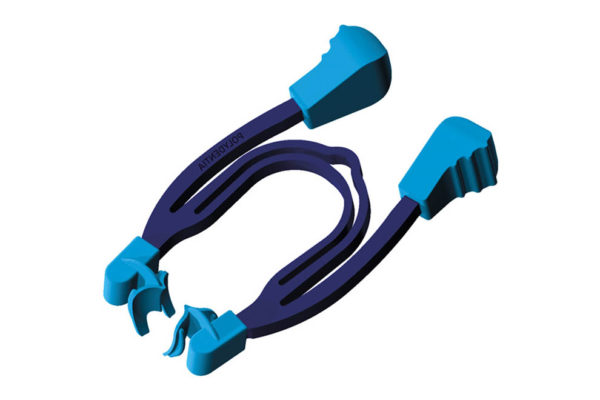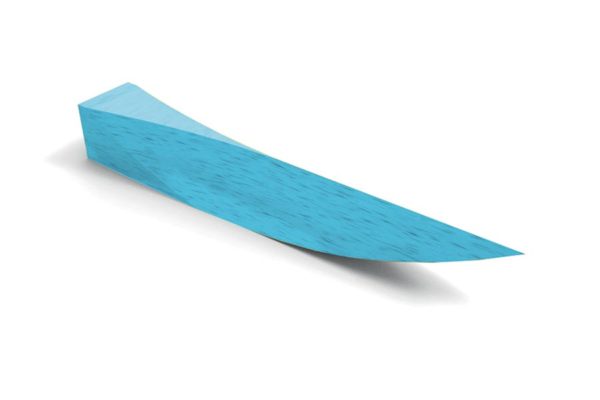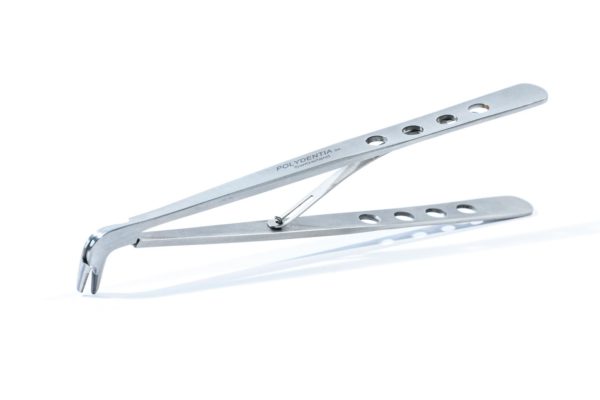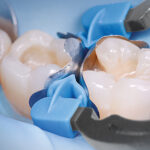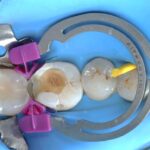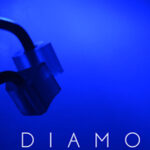25 May Dr. Gerdolle – Class II MO on First Molar – myClip 2.0
Class II MO on First Molar – myClip 2.0
by David Gerdolle

Dr. David Gerdolle
Dr. Gerdolle graduated from the Dental Faculty of Nancy in 1993. Since 1995, he has achieved many Post graduations in Prosthodontics, Forensic Medicine and Forensic Dentistry.
From 1996 to 2005 he has been Lecturer at the School of Dentistry of Nancy, and is still very active as responsible for postgraduate training of adhesive and biomimentic dentistry at the university of Paris, as well as Certified Instructor of the Academy of Biomimentic Dentistry.
Dr. Gerdolle is having a private practice in Switzerland since 2005 and his practice is dedicated to conservative and minimally invasive dentistry. Beside his academic and practice activities, he is a frequent speaker and lecturer in seminars, congresses and hands-on courses mainly in the field of restorative dentistry. Dr.Gerdolle is also very active as author or co-author of scientific national and international publications.
case report
A 35-years-old female patient, smoker, without general pathology presented a secondary carious lesion under a previous composite restoration on molar 36.
The following case shows the direct composite restoration of the lesion using the Polydentia myClip 2.0 sectional matrix ring, LumiContrast sectional matrices and wooden wedges.
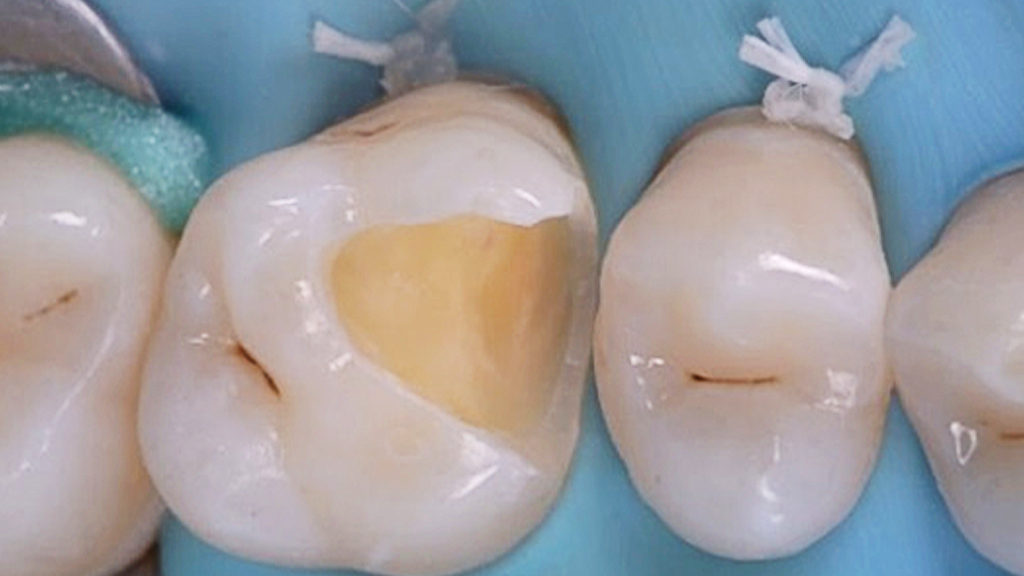
Photo 1: The excavated, prepared cavity on 36 molar after cleaning.
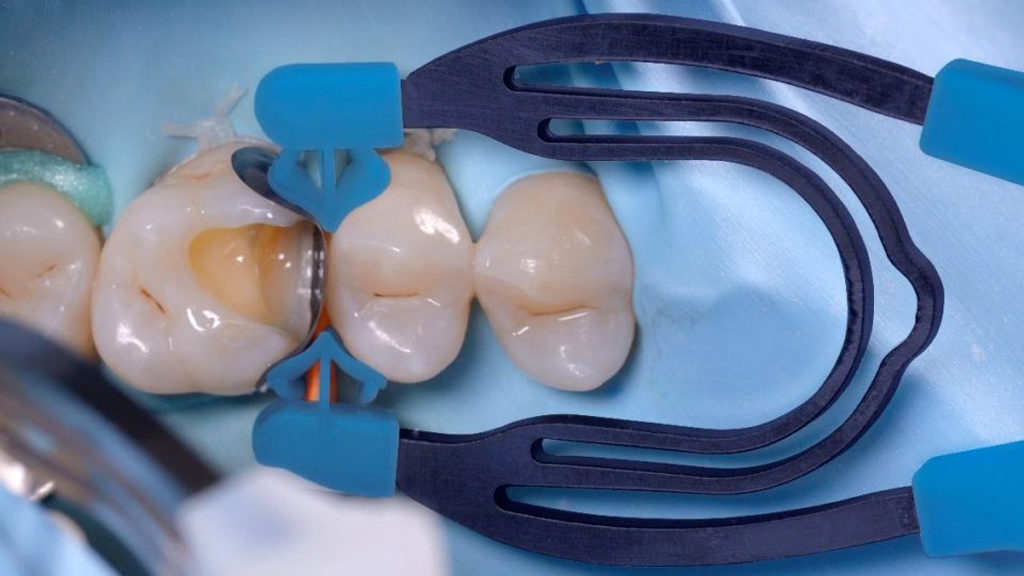
Picture of the cavity equipped with the myClip 2.0, LumiContrast 6.4 mm sectional matrix and orange wooden wedge.
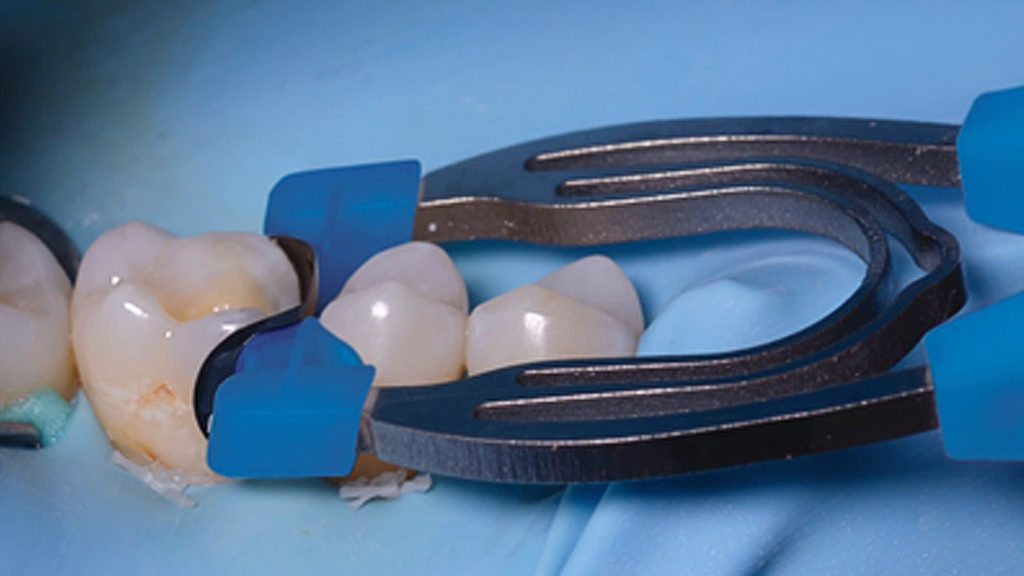
Photo 3: Side view of the cavity equipped with the myClip 2.0, LumiContrast 6.4 mm sectional matrix and orange wooden wedge
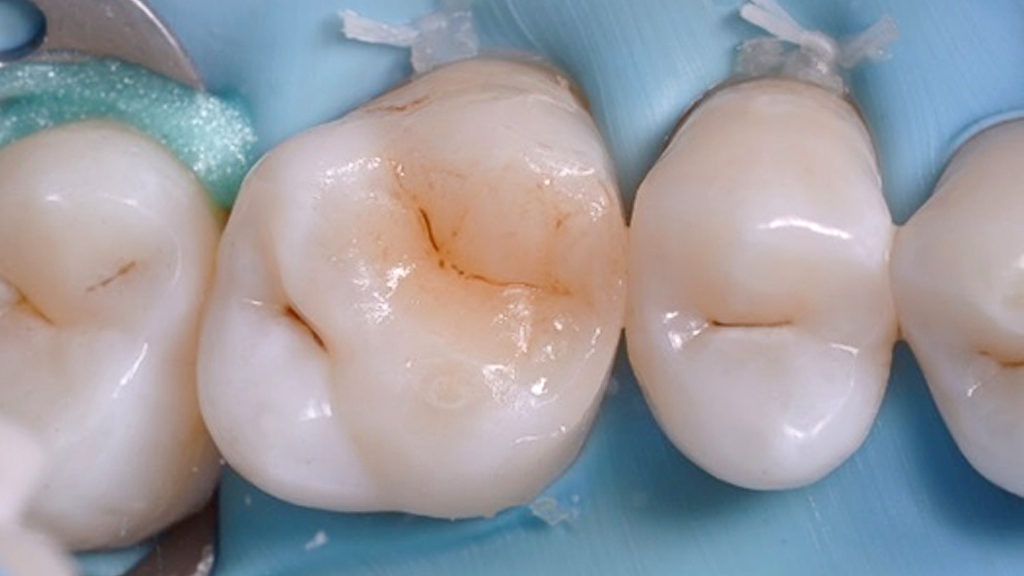
Photo 4: Situation after removing myClip 2.0, matrix and wedge. The adaption of the ring tines allows minimum interproximal finishing at the end of the restoration.
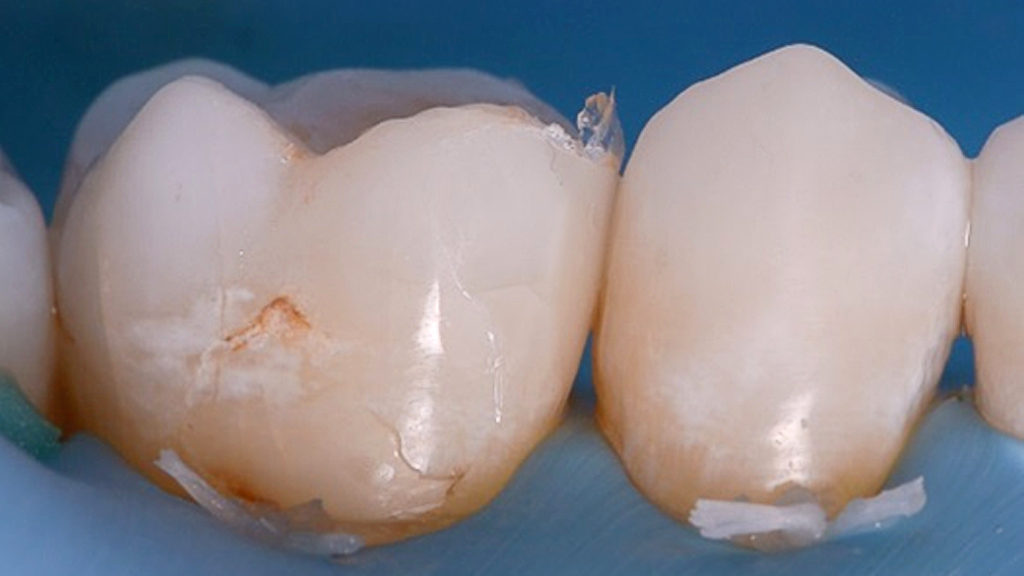
Photo 5: Side view of the restored contact point before finishing and polishing
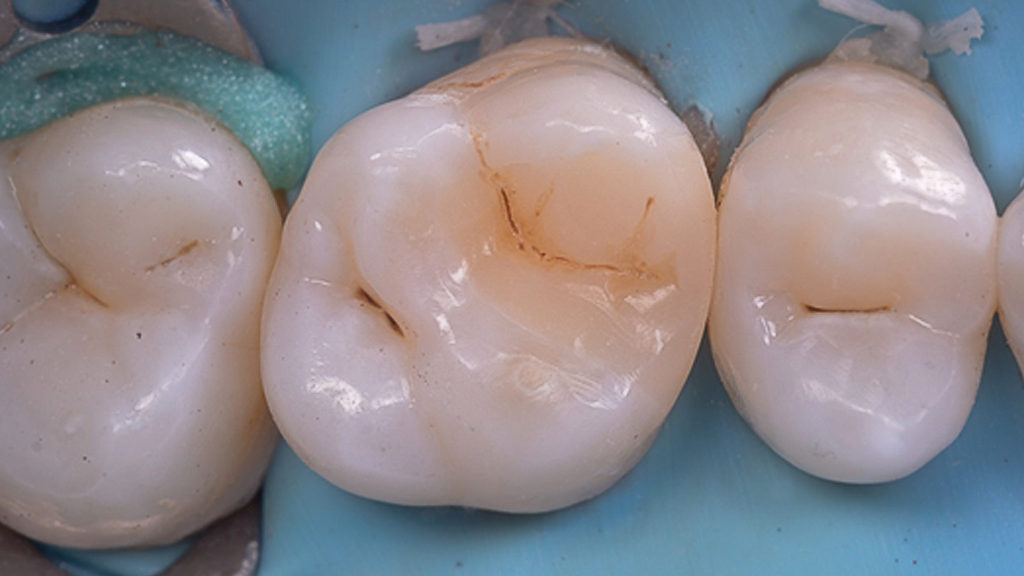
Photo 6: Post-op view of the restoration after finishing and polishing. An accurate proximal morphology is created between premolar 35 and molar 36.
conclusions
The myClip 2.0 is a very useful tool for posterior class II restoration. It’s easy to handle, the tines have a geometry and rigidity which allow to form the matrix very effectively on the palatine and buccal walls. This saves time for the finishing steps and ensures a good proximal morphology.
other clinical cases
-
Class II adjacent cavities on 1st and 2nd molars – QuickmatFIT anatomical sectional matrices & myRing Forte – Dr David Gerdolle
A 28-year-old female patient, without any systemic medical conditions presented with a carious lesion affecting both molar 46D and 47M. The following case illustrates the direct composite restoration of the lesion using the Polydentia QuickmatFIT anatomical sectional matrices in combination with myRing Forte and myWedge plastic v-shaped wedges....
-
Class II cavity direct composite restoration on a young permanent premolar – myClip 2.0 – Dr Marina Papachroni
For young patients rebuilding the anatomy in class II cavity restorations is a major issue but not making too many occlusal adjustments after finishing the layering procedures is one of the same importance aspects. The following images show the step-by-step treatment we performed for treating decay on the upper first premolar of a 15-year-old teenager. ...
-
Class II cavity direct restoration on young permanent molar with myQuickmat Forte – Dr Marina Papachroni
Class II (interproximal) decay involves the proximal surface of a posterior tooth and it is a common occurrence in many dental patients. One challenge for the clinician is to accurately recreate a physical contact to the adjacent tooth and, at the same time, to restore proper interproximal anatomic form. This case involves a teenager 16 years old with an interproximal lesion in his left lower molar (#36)....
-
Class II direct composite restoration on first premolar – QuickmatFLEX sectional matrices and myClip Junior – Dr Marina Papachroni
A male teenager came to our office feeling pain in the upper left quadrant. We proceeded with a Class II restoration of the first premolar without removing brackets. The following images show the step-by-step direct composite restoration procedure using the premolar sectional matrix QuickmatFLEX in combination with the paediatric sectional matrix ring myClip junior. ...
-
Class II restoration of a primary molar – myRing Junior – Dr Sabová
The young patient came for a periodic checkup. After a preliminary analysis we found a class II mesial carious lesion on primary molar 6.5. Since the dimensions of the carious lesion were limited, we decided to proceed with a direct composite restoration procedure using myJunior kit from Polydentia. ...
-
Class II restoration on a first molar – QuickmatFIT anatomical sectional matrices and myRing Forte – Dr Cristian Scognamiglio e Dr Alessandro Perucchi
The patient came for a consultation complaining of discomfort at tooth 36 when chewing. Molar 36 presented a very old composite restoration with initial disto-occlusal infiltration. We decided to carry out an OD restoration that also involved the buccal surface in order to replace the filling with a new aesthetic restoration. In this clinical case, we illustrate the procedure for the step-by-step restoration of tooth 36 using the Polydentia QuickmatFIT Molar sectional matrix in combination with the myQuickmat Forte sectional matrix ring....
-
Class II restoration on second bicuspid – myQuickmat Forte kit – Dr. Chiodera
The Polydentia myQuickmat Forte kit is a very effective system for posterior class II restorations....
-
Diamond24, 24 solutions for your restorations of Class II cavities
Diamond24 and myRing Classico: 24 solutions for your Class II restorations. Read the article written by Dr. Chiodera, which explains how to get great contact points with Diamond24 and myRing Classico for Class II cavity restorations. ...
-
Dr. Chiodera – Class III restoration – Unica anterior
The patient came to our attention for a regular check. A first analysis revealed a class III carious lesion on incisor 21. We decided to eliminate the carious lesion and proceed with a direct composite restoration of the cavity....
-
Dr. Chiodera – MOD restoration on first Molar – myQuickmat Classico kit
The Polydentia myQuickmat Classico kit is a very efficient system for posterior class II restorations....

